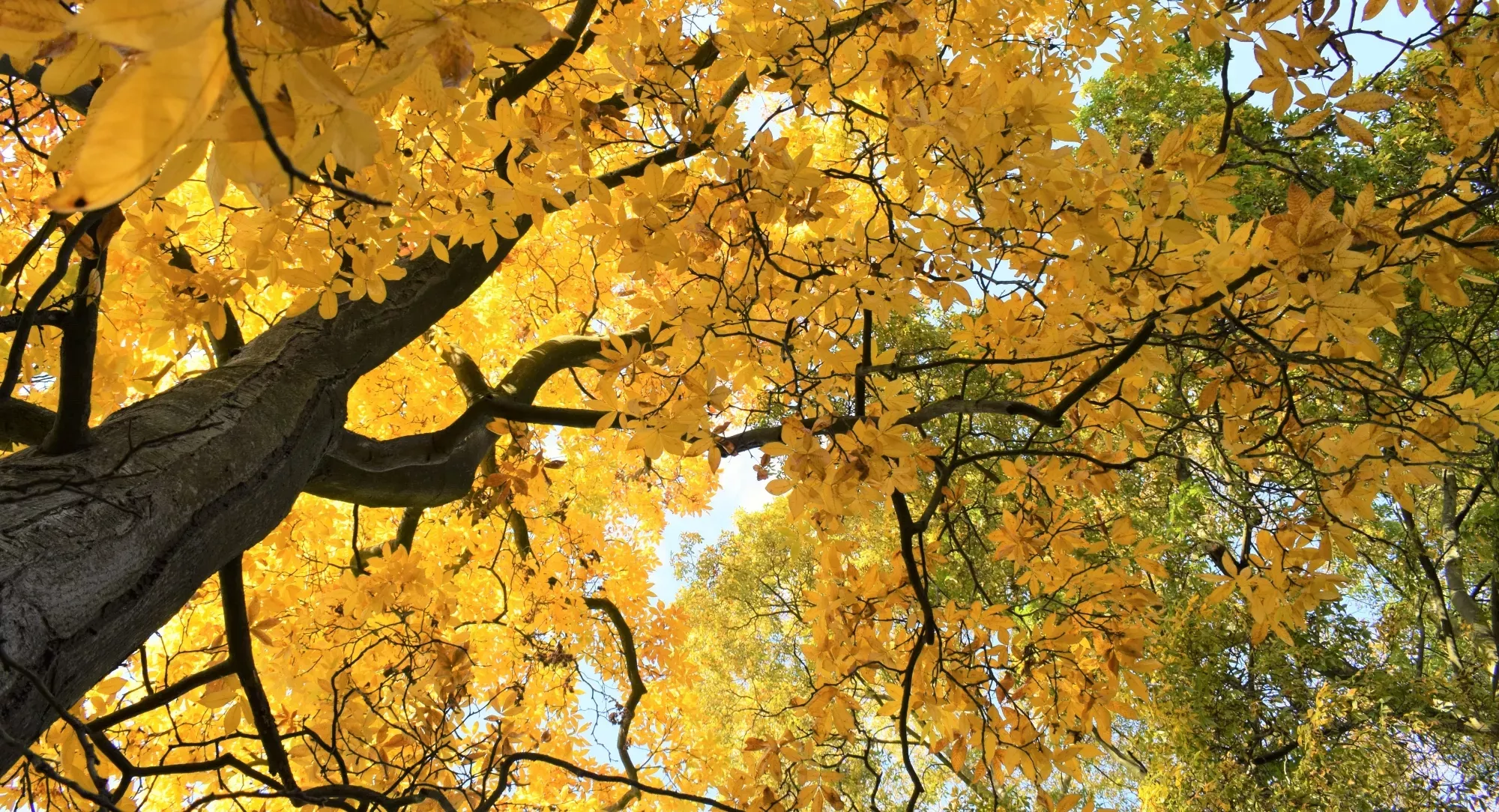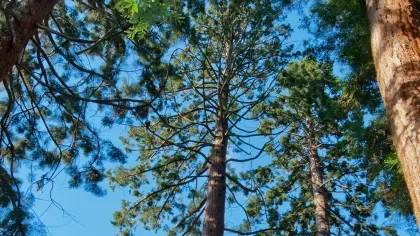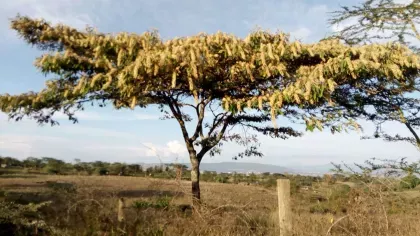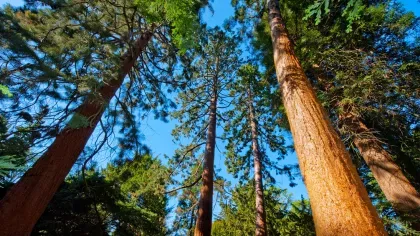27 November 2018
5 ways the Tree Gang help our old trees
Discover how we boost the health of our ancient trees and why they are so valuable to our world. Tree Gang chief Kevin Martin tells us more.

Our ageing trees
Kew Gardens is home to more than 14,000 spectacular trees, of all shapes, sizes, species and ages.
But for our Tree Gang, a team of six to eight arboriculturists who care for and maintain our vast collection, the most complex and challenging role is managing the trees transitioning from the mature/overmature to veteran/ancient life stages, and finally to the end of their life cycles.
But what is the difference between each life stage?
Mature: The tree has reached the peak of its life cycle and is in good health with a growing crown.
Overmature: The ageing tree has passed its peak and its growth is in decline.
Ancient: The tree has reached a great age compared to others of the same species and often displays ancient characteristics, such as a very wide trunk that may be hollow, decay, an old gnarled look and a diminished crown, known as crown retrenchment.
Veteran: The tree could be any age but shows ancient characteristics and signs of decay or dead wood. All ancient trees are veterans but not all veterans are ancient.
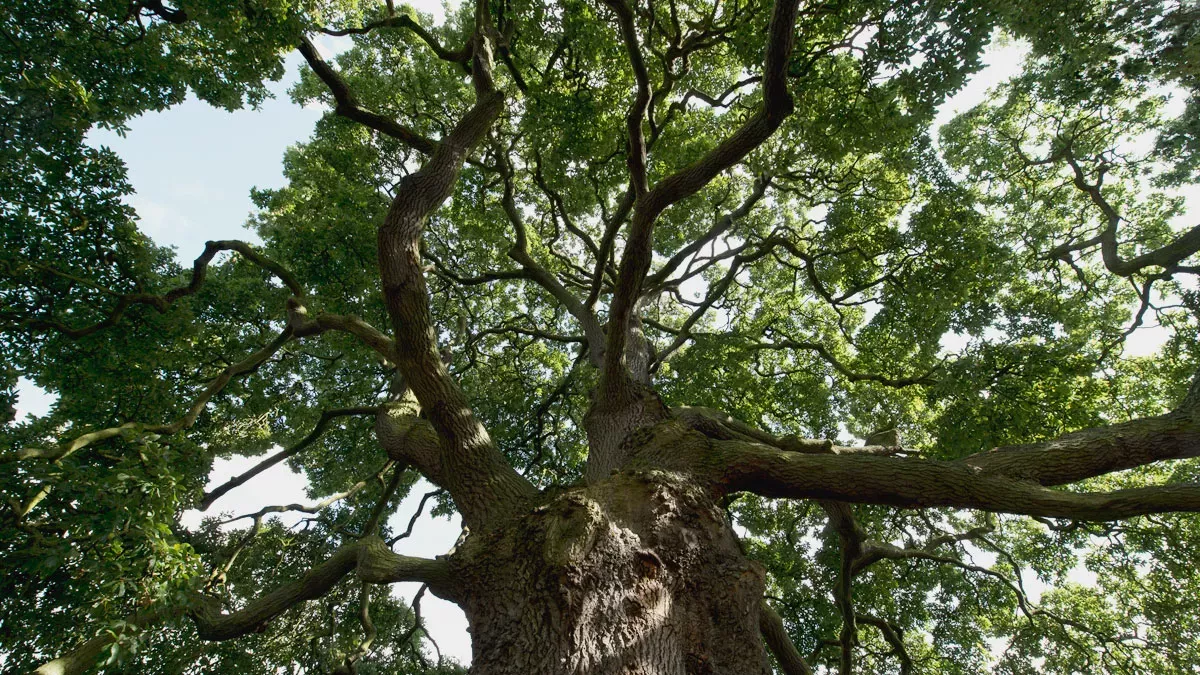
Valuable oldies
Some of our oldest trees date back to the 1700s and include the Japanese pagoda tree (Styphnolobium japonicum), the Lucombe oak (Quercus x hispanica 'Lucombeana'), and the black locust tree (Robinia pseudoacacia).
The later life stages of a tree are often seen as the most important.
Due to the complexity of their structures, ancient trees influence microclimates which provide valuable habitats for rare and endangered species, and enable inter-relationships between many different plants and animals below and above ground.
So how does the Tree Gang look after our older and decaying trees?
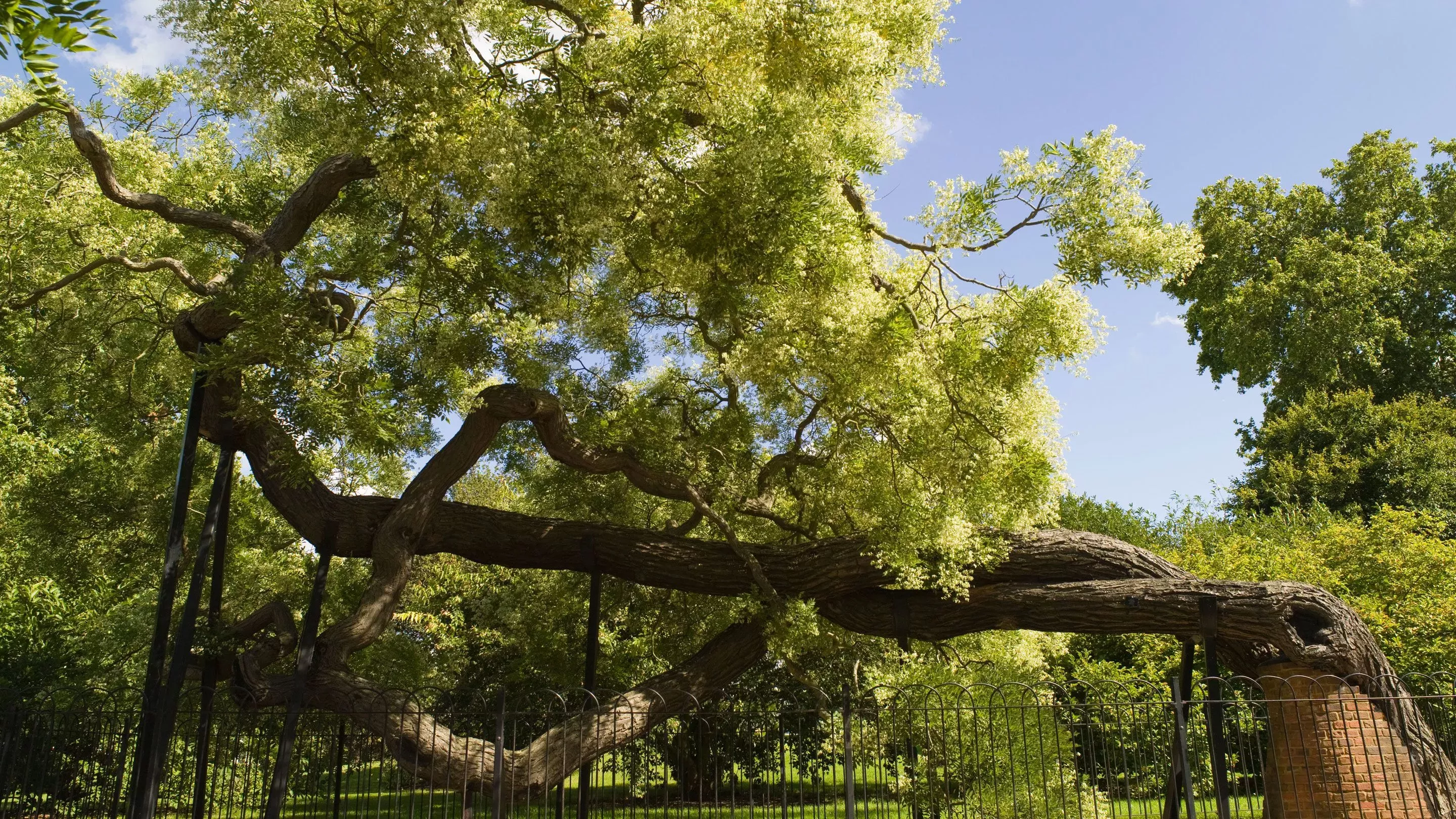
1. Mapping the decay
Firstly, the Tree Gang carry out a visual tree assessment to identify overmature or decaying trees.
Once recognised, they use an IML PD400 micro drill to conduct a detailed inspection of the tree.
This allows them to analyse the condition of the tree's heartwood, the dense inner part of the tree trunk, and map the amount of decay present.
The device uses two measurements to do this, the resistance of the rotating drill and the force required to push the drill through the heartwood.
2. Assessing overall tree health
Using this data, the Tree Gang can then calculate the strength of the decaying tree stem and determine the tree's overall health.
A tree may be decaying inside yet have good canopy health, which will assist the tree in creating the needed carbohydrates.
Carbohydrates play an essential role in the tree’s ability to grow and its adaptability to the weakness caused by the decay.

3. Replicating woodland soil
We care for decaying trees at Kew using a holistic approach, whereby we manage the soil and look at the entire tree, not just the decaying trunk.
To improve the health and strength of our ageing trees we reduce soil compaction, which can restrict the tree roots from valuable air, water and nutrients.
Using the Air Spade tool, our arboriculturists inject compressed air into the soil around the tree's rooting area to decompact it without causing damage to the roots.
This decompacted soil mimics a tree’s natural woodland environment, with its floor of leaves, decomposed wood, and abundance of mycorrhizal fungi.
These fungi have a symbiotic relationship with the tree, increasing its ability to uptake water and nutrients for very little in return.

4. Managing the surroundings
The Tree Gang use many different management options to make sure a vulnerable tree remains in our collection, but rather than carrying out any tree work, they prefer to manage the tree’s environment.
This includes changing the use of an area, re-directing visitor footpaths, and adjusting the mowing regime to allow long grass and fencing.
For these methods to work, it all depends on the tree’s location and the effect on the landscape.
5. Structural pruning
When it’s not possible to manage the tree’s surrounding area, the Tree Gang look to carry out structural pruning.
Careful assessment is made of the tree’s ability to recover from any pruning.
The form of pruning used to tackle ageing and decaying trees is called retrenchment pruning, which is carried out in stages so as not to stress the tree further.
Living legacy
Our old and ancient trees here at Kew all have their unique stories to tell and remind us of the cultural, historical and environmental importance of ageing trees that provide vital habitats for a variety of wildlife.
This is why it's imperative that arboriculturists use their knowledge and skills to enable this valuable resource to remain in our landscape now and in the future.
